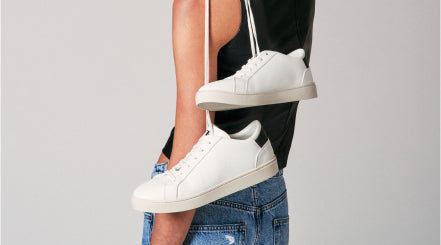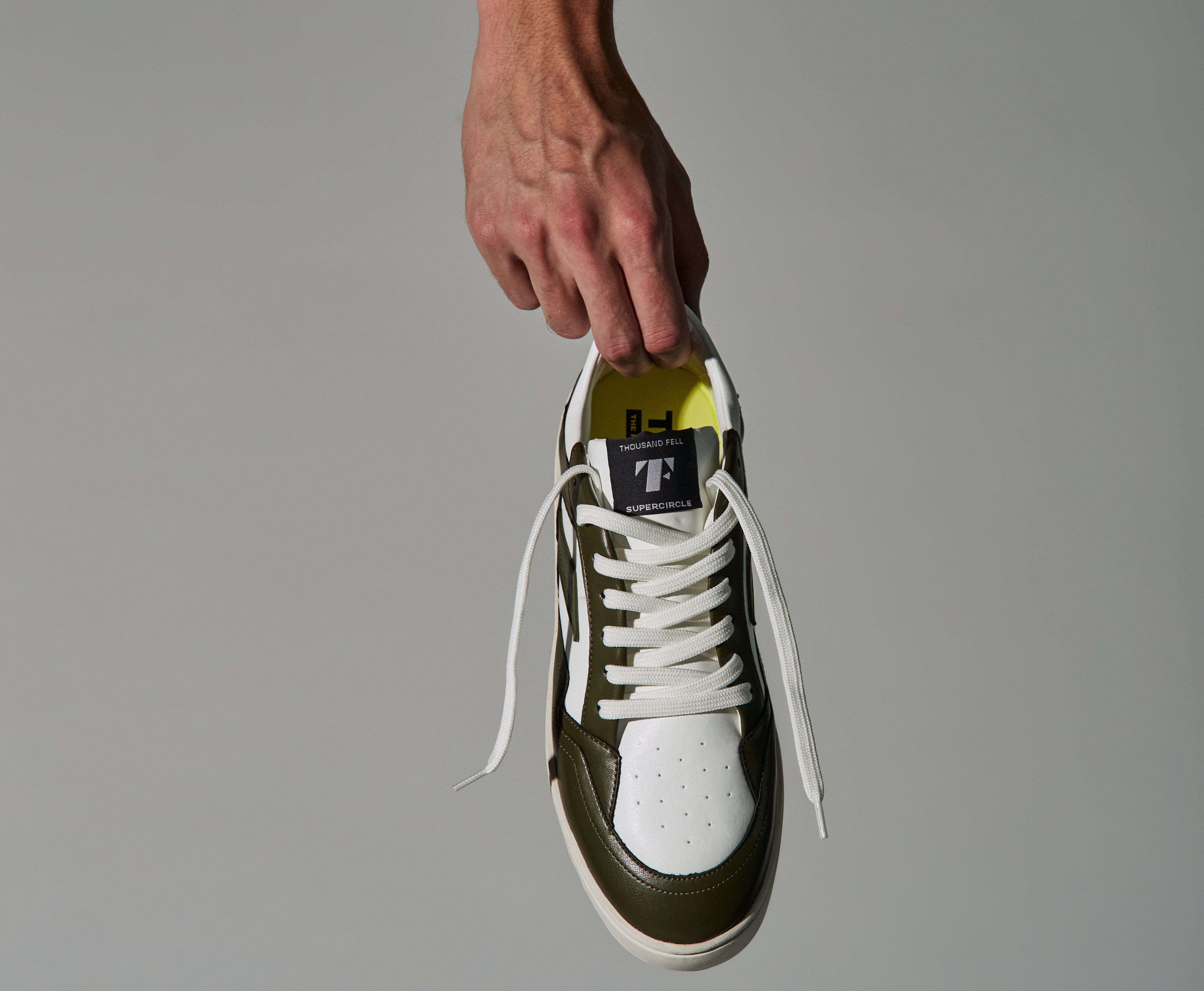Menu
-
Women
 Shop Best Sellers
Shop Best Sellers
Close the Loop with Zero-Waste Sneakers
The next generation sneaker built to be recycled and designed for everyday wear.
Shop All Women's30-Day Returns
-
Men
 Shop Best Sellers
Shop Best Sellers
Close the Loop with Zero-Waste Sneakers
The next generation sneaker built to be recycled and designed for everyday wear.
Shop All Men's30-Day Returns
-
Clothing
 Gift Cards
Gift Cards
Close the Loop with Zero-Waste Clothing
All of our products are fully recyclable through our recycling trade in program.
Shop All30-Day Returns
- Archive Sale 50+% OFF
- Recycle


